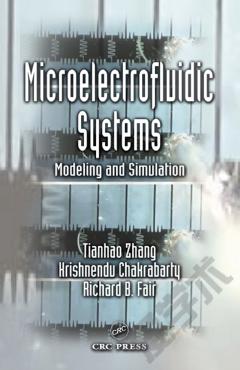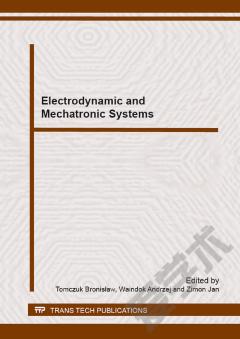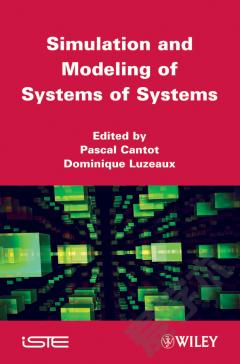Electromechanical Motion Systems —— Design and Simulation
----- 机电运动系统 - 设计与仿真
An introductory reference covering the devices, simulations and limitations in the control of servo systems Linking theoretical material with real-world applications, this book provides a valuable introduction to motion system design. The book begins with an overview of classic theory, its advantages and limitations, before showing how classic limitations can be overcome with complete system simulation. The ability to efficiently vary system parameters (such as inertia, friction, dead-band, damping), and quickly determine their effect on performance, stability, efficiency, is also described. The author presents a detailed review of major component characteristics and limitations as they relate to system design and simulation. The use of computer simulation throughout the book will familiarize the reader as to how this contributes to efficient system design, how it avoids potential design flaws and saves both time and expense throughout the design process. The comprehensive coverage of topics makes the book ideal for professionals who need to apply theory to real-world situations, as well as students who wish to enhance their understanding of the topic. • Covers both theory and practical information at an introductory level, allowing readers to advance to further topics having obtained a strong grounding in the subject • Provides a connection between classic servo technology and the evolution of computer control and simulation • VisSim demonstration material available on an accompanying website enabling readers to experiment with system examples
{{comment.content}}








 京公网安备 11010802027623号
京公网安备 11010802027623号